1

3

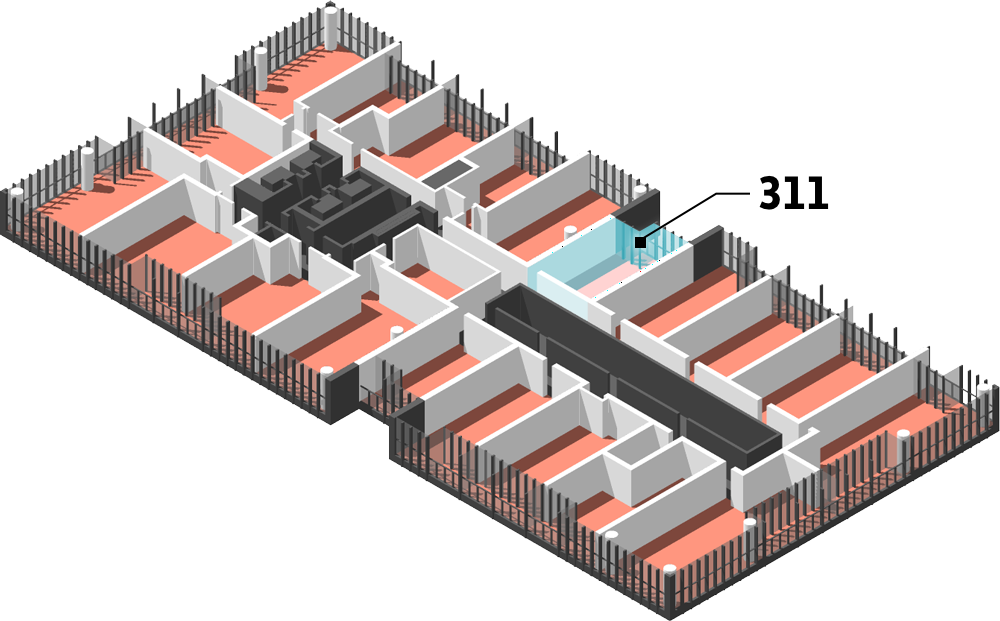
4

5

6

7

8
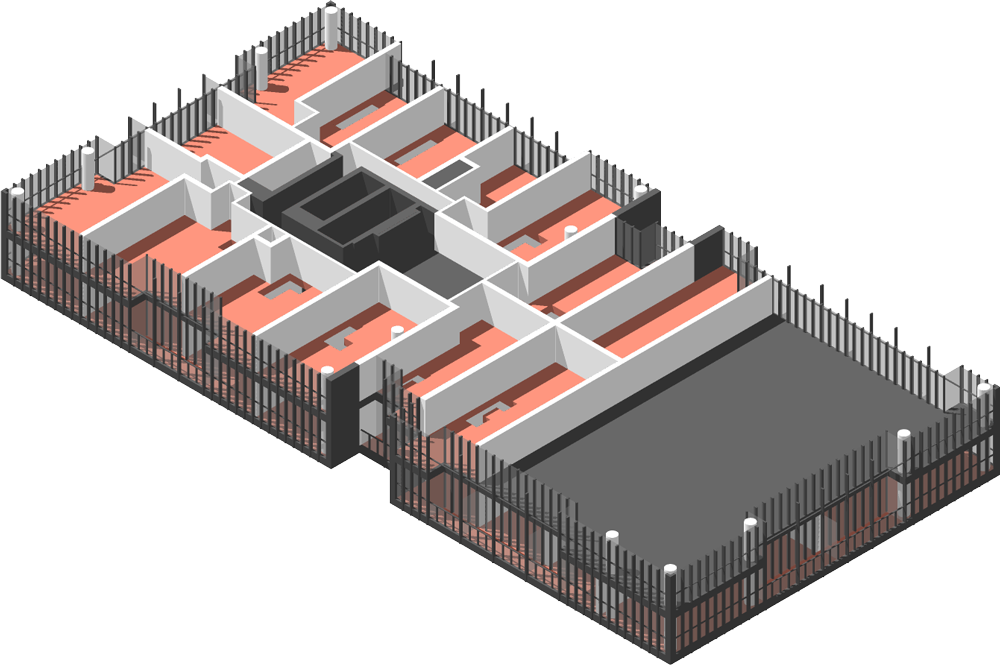
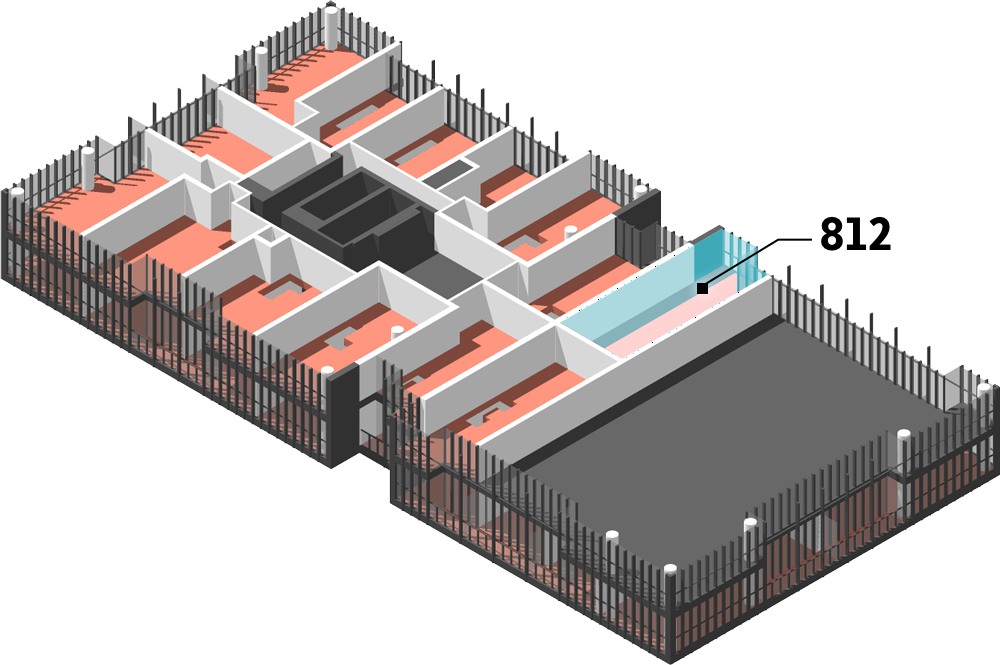
10

11

12

14

15

16

17

18

19

20

21

22

23

24

25

26

27

28

29


30

31

32

33

34

35


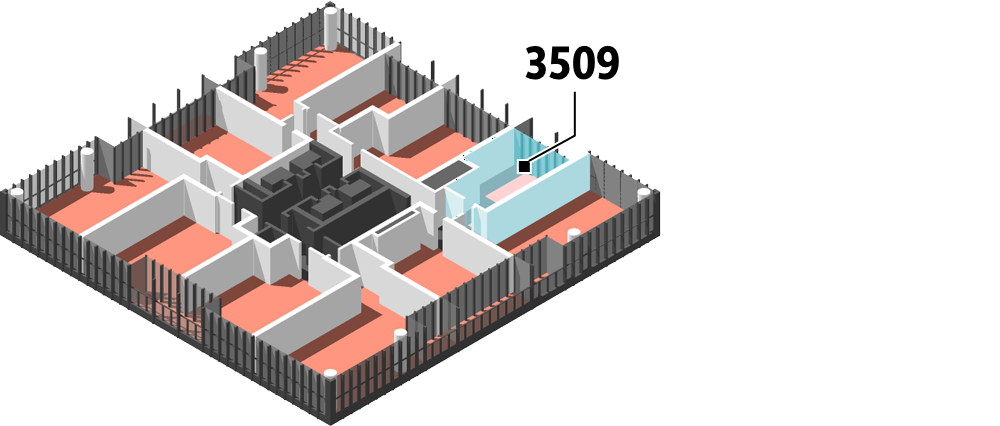
36

37

38

39

40

41

42

43

44

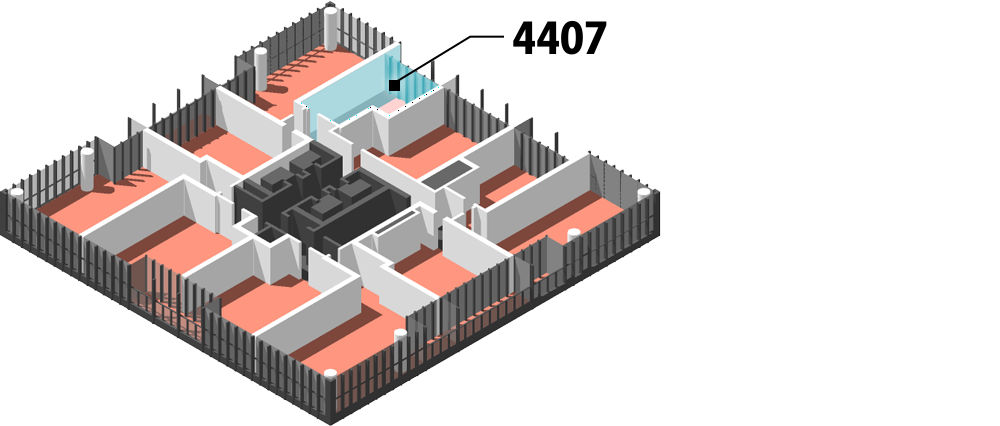
45

46

47

48

49

50

How condo flippers are making a killing in Toronto's hot housing market













